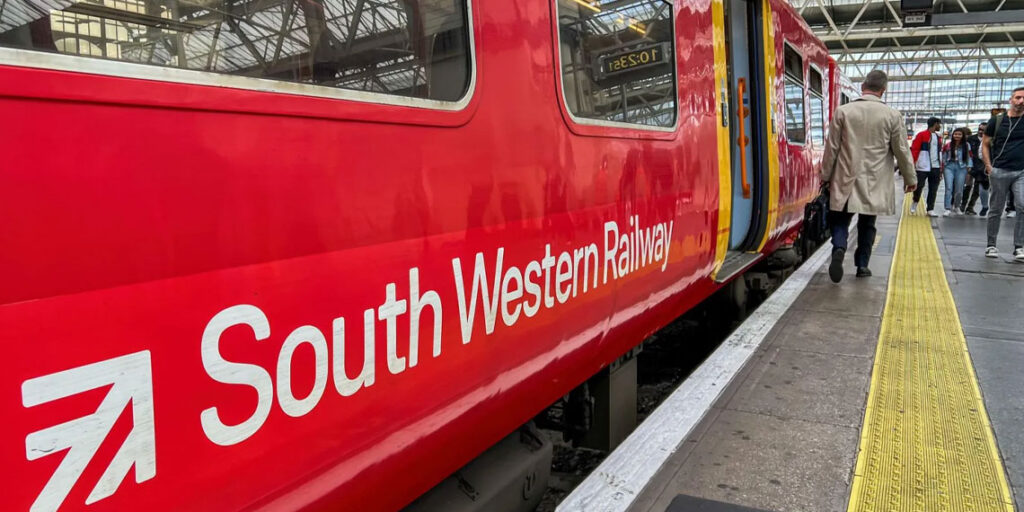Labour is set to renationalise three major rail operators in 2025, following the passage of the Passenger Railway Services (Public Ownership) Act 2024. The move, part of Labour’s broader strategy to overhaul Britain’s rail network, will see South Western Railways brought into public ownership in May 2025, c2c in July 2025, and Greater Anglia in the autumn of the same year. The Department for Transport confirmed the timeline, emphasizing that the goal is to improve reliability, reduce inefficiencies, and address long-standing issues such as delays and cancellations.
Transport Secretary Heidi Alexander told BBC Breakfast: “The primary aim of this is to improve reliability and clamp down on the delays, cancellations, waste, and inefficiency we’ve seen over the last 30 years.” However, critics argue that public ownership alone will not resolve these issues unless paired with substantial new investment in the railways.
What Does Nationalisation Mean for Rail Services?
Nationalisation involves transferring private rail contracts into public ownership as they expire or reach a break point. Currently, train operators manage Britain’s railway lines under fixed-term franchises. The new law enables the government to take over these franchises through a newly established public body, Great British Railways (GBR). GBR will eventually also assume responsibility for rail infrastructure, which is currently managed by Network Rail.
The Department for Transport has stated that renationalisation will save £150 million annually in franchise fees while improving reliability and boosting economic growth.
However, when asked about whether this change will lead to lower ticket prices, Ms. Alexander refrained from giving a definitive answer. Instead, she pointed to improvements in service quality, citing LNER as an example, where cancellations due to staff shortages have been virtually eliminated under public control.
Criticism of the Renationalisation Plan
While Labour champions the move as a solution to a fragmented and inefficient system, industry groups and critics remain skeptical. Andy Bagnall, CEO of Rail Partners, argued, “Simply changing who runs the trains won’t deliver more reliable and affordable services for passengers, reduce subsidies for taxpayers, or grow rail freight.”
Private companies began operating Britain’s rail services in the 1990s, during which time rail usage surged. However, the system has faced criticism over rising fares, frequent delays, and a lack of cohesion. The pandemic further exposed vulnerabilities in the model, with the government temporarily taking over many rail operations to maintain essential services.
Operators Set for Public Ownership
* South Western Railway: Runs over 1,500 weekday services across southern England, including key commuter routes into London.
* c2c: Operates between Fenchurch Street and Shoeburyness, serving 26 stations in east London and south Essex.
* Greater Anglia: Provides services between London and areas in Norfolk, Suffolk, Cambridgeshire, Hertfordshire, and Essex.
These operators will join others already under public control, including East Coast Mainline, TransPennine, Northern, and South Eastern. Meanwhile, Transport for Wales and Scotrail have been under government control since 2021 and 2022, respectively.
Impact of Strike Action
The rail system has also faced strain from two years of strikes across England, Scotland, and Wales. In September, train drivers reached a pay agreement aimed at resolving disputes over wages and working conditions. Heidi Alexander acknowledged the importance of resetting relationships with trade unions, stating, “It was absolutely imperative to break the deadlock.”


